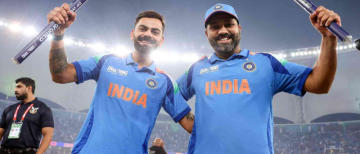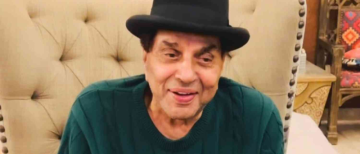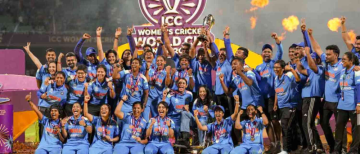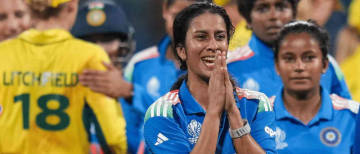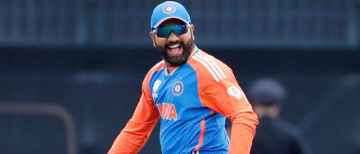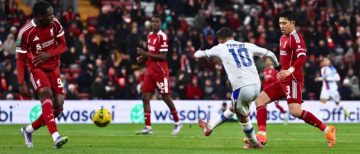The Board of Control for Cricket in India (BCCI) has sent a clear message to two of India’s biggest contemporary cricketing names — Rohit Sharma and Virat Kohli. If they want to remain part of India’s One-Day International (ODI) plans, the board says, they must demonstrate match fitness and form by turning out regularly in domestic competitions, chiefly the upcoming Vijay Hazare Trophy.
Both Rohit and Kohli have stepped away from Tests and T20 Internationals in recent times, narrowing their international focus to the 50-over game. That decision has intensified scrutiny around how they will stay match-sharp between international assignments, especially with younger contenders pushing for spots and India looking toward the 2027 ODI World Cup.
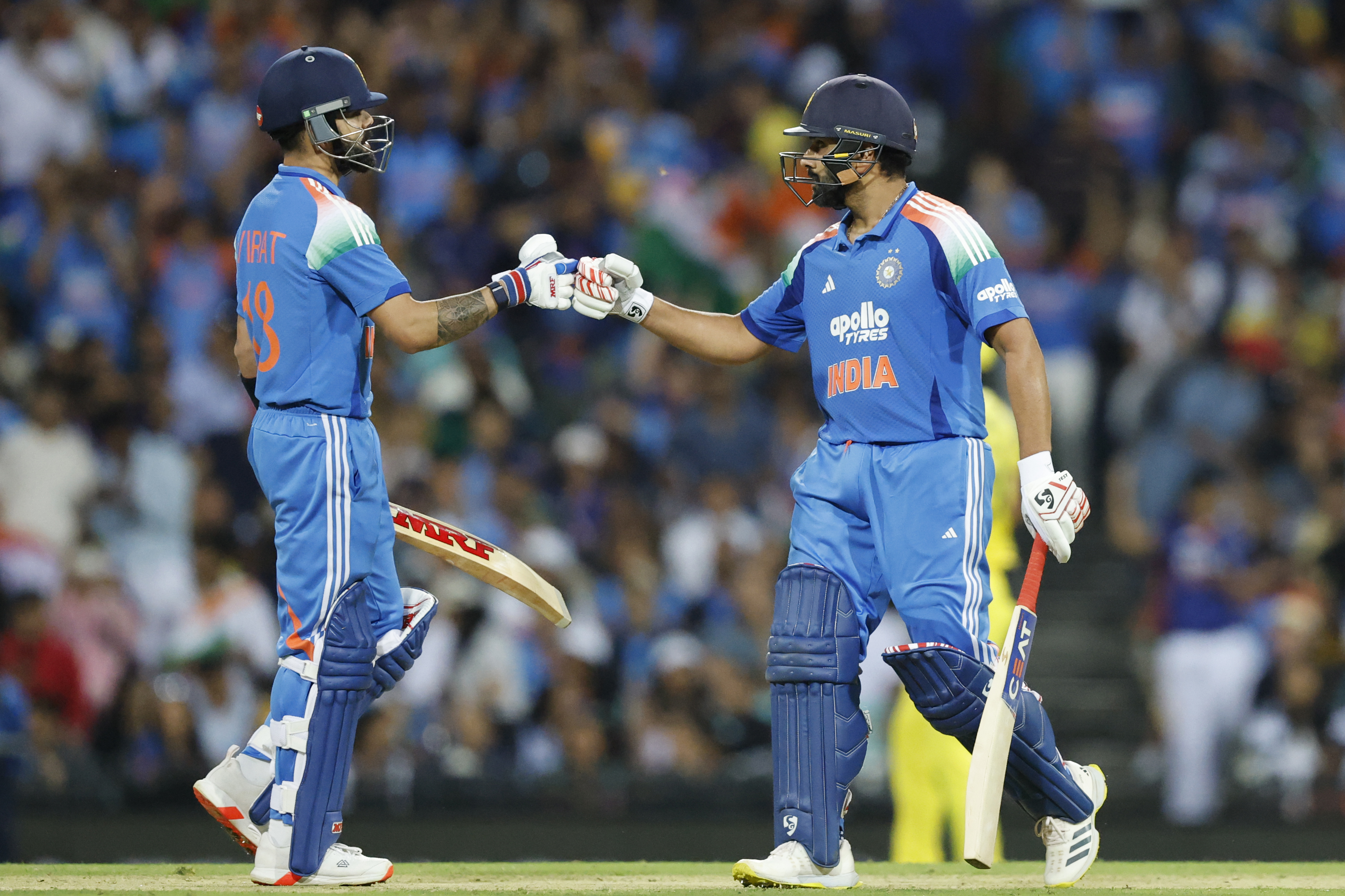
Immediate window: Vijay Hazare Trophy (Dec 24) and Syed Mushtaq Ali (Nov 26)
The first practical opportunity for the duo to answer the board’s directive comes this domestic season. The Vijay Hazare Trophy — India’s premier 50-over domestic competition — begins on December 24, and it represents the only domestic one-day window between India’s home ODI series versus South Africa (December 3–9) and the subsequent series against New Zealand (starting January 11).
Rohit Sharma has already given a positive signal. According to reports, Rohit has informed the Mumbai Cricket Association (MCA) that he will be available for Mumbai’s Vijay Hazare campaign. The former India captain has also indicated he might feature in the Syed Mushtaq Ali T20 Trophy, scheduled to start on November 26, and has been practising at Mumbai’s Sharad Pawar Indoor Academy to prepare for the domestic season.
Virat Kohli, by contrast, has not yet confirmed his availability. The 37-year-old, who currently resides in London, has not formally communicated his plans to the Delhi & District Cricket Association (DDCA), leaving selectors and fans waiting that little longer for clarity.
Why the board wants them to play domestic cricket
The BCCI’s position is not an ad-hoc demand but consistent with the tone set by the national selection leadership. Ajit Agarkar, chairman of the national selection committee, has reiterated that whenever senior players are available and not on international duty, turning out in domestic tournaments is essential to “keep yourself sharp.” As Agarkar put it:
“We made it clear a year, or a couple of years back, that whenever players are available, they should be playing domestic cricket. That’s the only way you’ll keep yourself sharp and playing cricket, if you’ve got a long enough break.”
Sources inside the board told reporters that this stance applies to Rohit and Kohli as much as anybody: having retired from two formats, they must use domestic games to ensure match readiness if they want to be considered for India’s ODI squads.
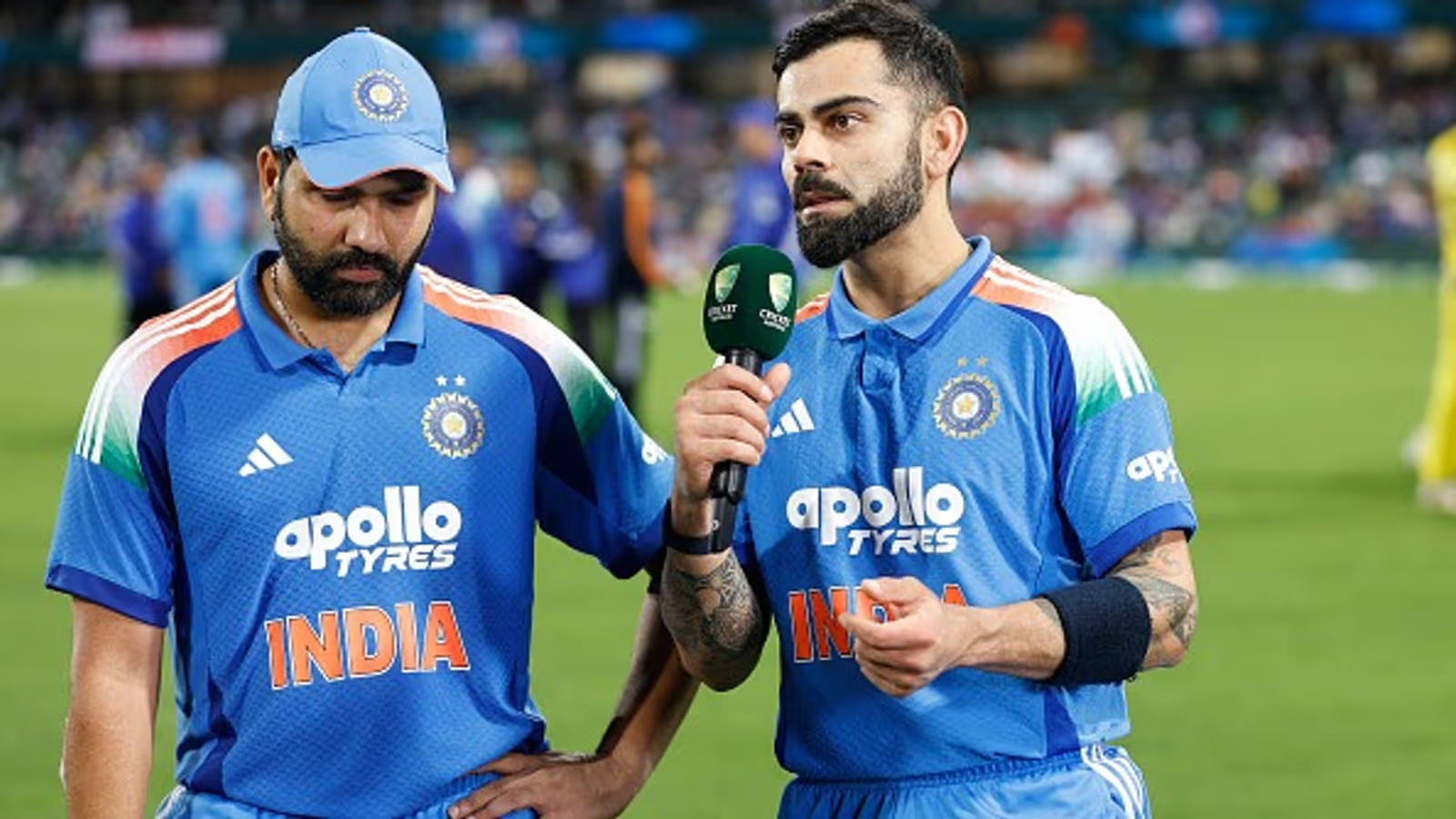
What prompted the directive
Both Rohit and Kohli played in India’s recent three-match ODI series in Australia. Rohit, who has been described in reports as 38, was in fine touch — registering a half-century and a hundred and finishing as one of the series’ standout performers. Kohli, aged 37, endured two ducks but recovered to score an unbeaten 87 in the final match. Those contributions underscore why the selectors still value them; but the board wants those performances to be backed up consistently, and domestic cricket is the stage where that consistency can be measured.
This is not the first time India’s senior stars have been asked to return to the domestic fold. After challenging tours and mixed international results in the past, both players have previously turned out in the Ranji Trophy — Rohit appearing after nearly a decade and Kohli returning to Delhi after 12 years. Those cameos were widely publicised and were intended to sharpen their red-ball games; the current ask is about white-ball readiness.
Rohit’s response: leading by example
Rohit’s affirmative response has been welcomed by selectors and the board as a positive, leadership-oriented move. Reports indicate he has informed the MCA of his availability for the Vijay Hazare and might even be available for the Syed Mushtaq Ali T20s. He has been seen training intensively at the Sharad Pawar Indoor Academy in Mumbai, indicating his intent to hit the domestic season in shape.
Selector comments and media reports also emphasise that Rohit’s willingness to play domestically sets a benchmark for younger players — an example of how national stars should balance workload, leadership responsibilities and personal preparation.
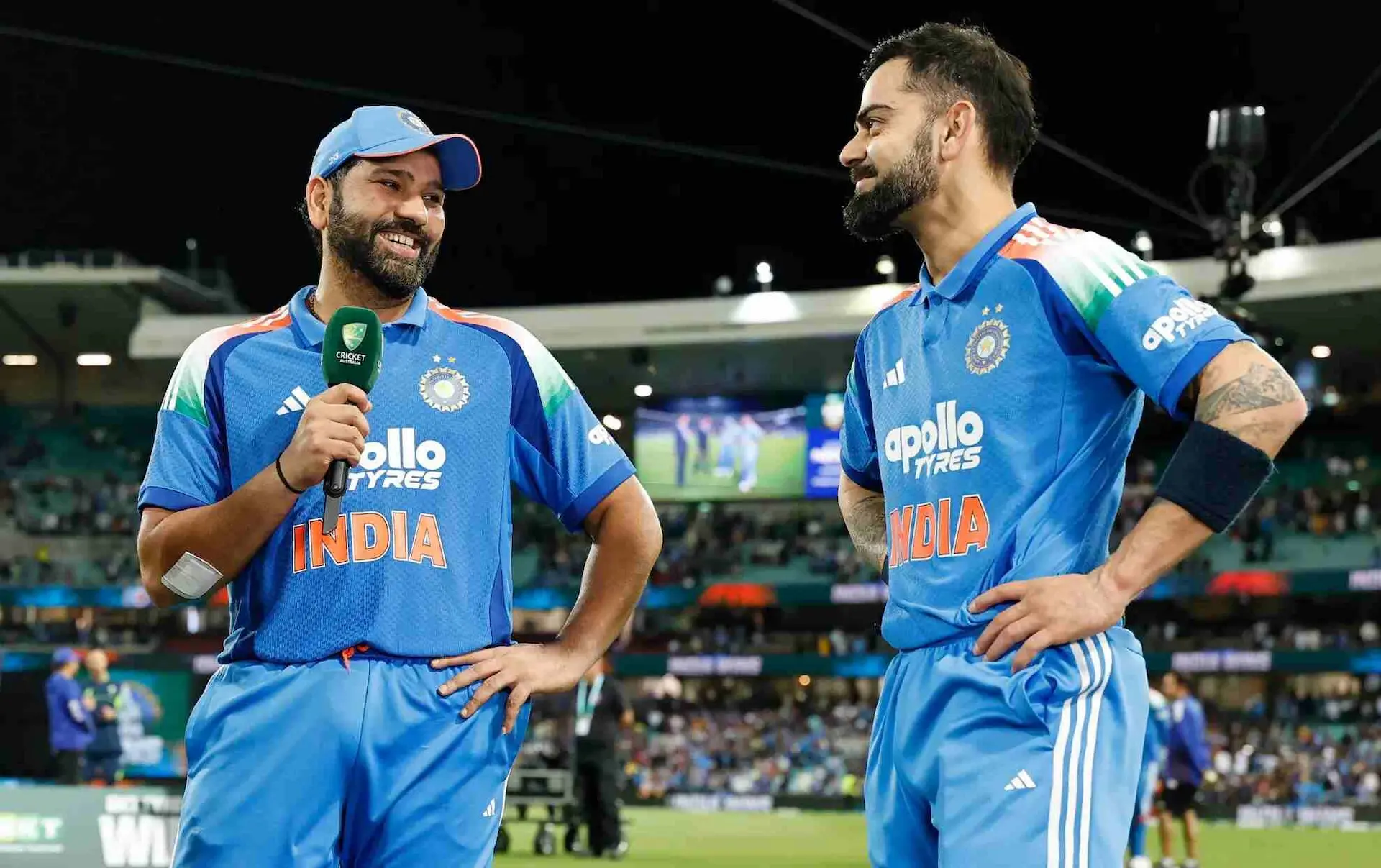
Kohli’s silence: speculation and consequences
Kohli’s lack of an official reply to the board or his home association has generated questions. While there is still optimism within the BCCI that he will join the domestic circuit soon, his current silence has naturally fuelled speculation about his longer-term ODI plans. Kohli remains one of the most prolific ODI batsmen in history, and selectors have been careful to stress that neither he nor Rohit is “on trial.” As Ajit Agarkar put it, they have “achieved all they had to achieve” and are not being put under a microscope for every match.
Still, Agarkar also made the pragmatic point that 2027 is a long way off, and selection will be an ongoing, evolving process. Domestic appearances will form part of that assessment — not the only criterion, but an important one.
Selectors’ view: not on trial, but assessed continuously
Selection chiefs have attempted to balance respect for the pair’s careers with the need for fairness and transparency. Agarkar’s messaging has been consistent: senior players are not being punished or put on trial simply because they are established names, but neither will they receive blanket exemptions from the domestic grind.
He explained the approach plainly: if players are free from international duty and available, showing up in domestic competitions is the most straightforward way to remain competitive and match-ready. The selectors want to manage workload and preserve performance levels while also giving opportunities to emerging talent — and domestic cricket is the crucible where those decisions are tested.
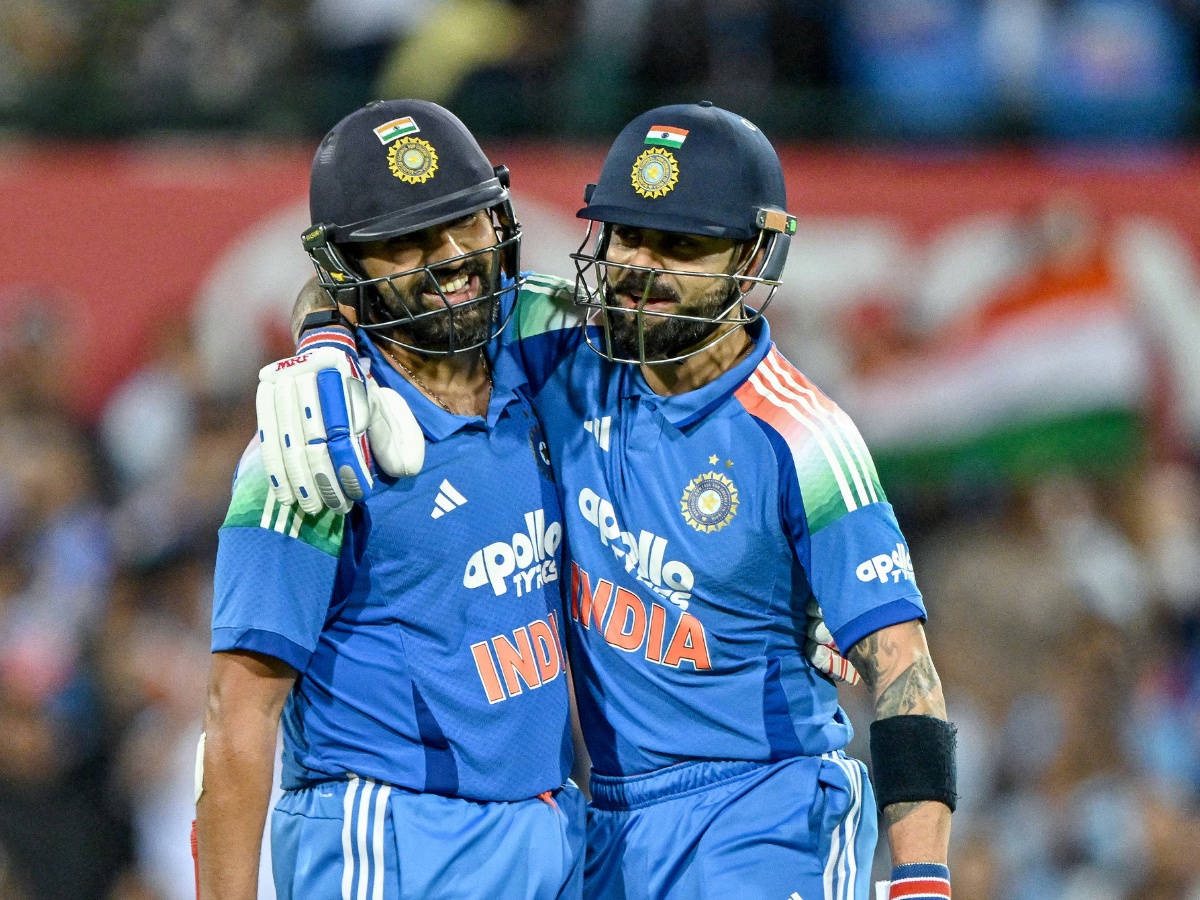
The logistics: how many matches and what this means
Earlier reports suggested both Rohit and Kohli were expected to feature in at least three, and possibly four, Vijay Hazare matches before the New Zealand ODI series. Between the South Africa and New Zealand series, Mumbai and Delhi respectively were due to play six rounds of Vijay Hazare matches — providing several opportunities for the senior players to demonstrate fitness and form ahead of the next ODI assignment.
For Rohit, who hasn’t been a regular in the Ranji circuit for years, this would represent a more sustained domestic engagement. For Kohli, who returned to Delhi for a Ranji fixture earlier this year, the decision will be about balancing personal plans, international focus and life in London.
What this means for India’s ODI future
The BCCI’s message is a clear attempt to institutionalise the link between domestic performance and international selection, irrespective of status. With the 2027 ODI World Cup on the horizon and a crop of younger players pushing for places, the board appears intent on a transparent, merit-based approach — one that respects past achievements but places a premium on current match-readiness.
For Rohit and Kohli, domestic cricket offers a route to demonstrate that their game is still in prime working order. For selectors, it offers measurable evidence on which to base future squads. For fans, it promises more opportunities to see the country’s biggest stars don domestic colours and connect with the feeder system that has produced so many of India’s international mainstays.
Bottom line
Rohit Sharma has accepted the BCCI’s directive and confirmed his availability for the Vijay Hazare Trophy — and possibly the Syed Mushtaq Ali T20s — signalling a willingness to lead by example. Virat Kohli’s position, as of now, remains unconfirmed. The board and selectors have been firm: if senior players are available, they should be playing domestic cricket to remain eligible and match-ready for India’s ODI plans. The coming weeks, starting with the Syed Mushtaq Ali window and the Vijay Hazare opening on December 24, will be telling — not only for the senior duo, but for the broader shape of India’s ODI group as the nation eyes the long road to 2027.
With inputs from agencies
Image Source: Multiple agencies
© Copyright 2025. All Rights Reserved. Powered by Vygr Media.





